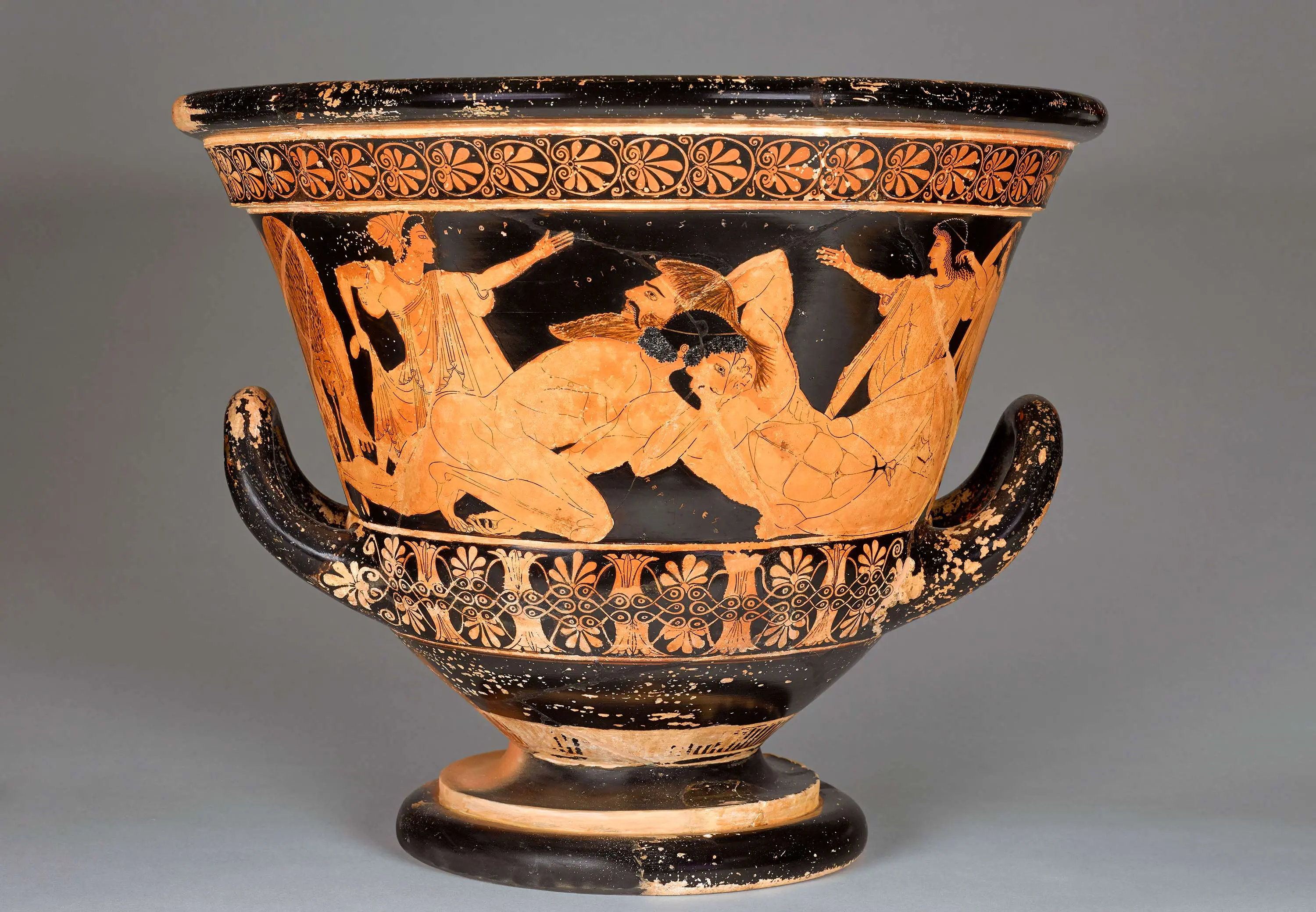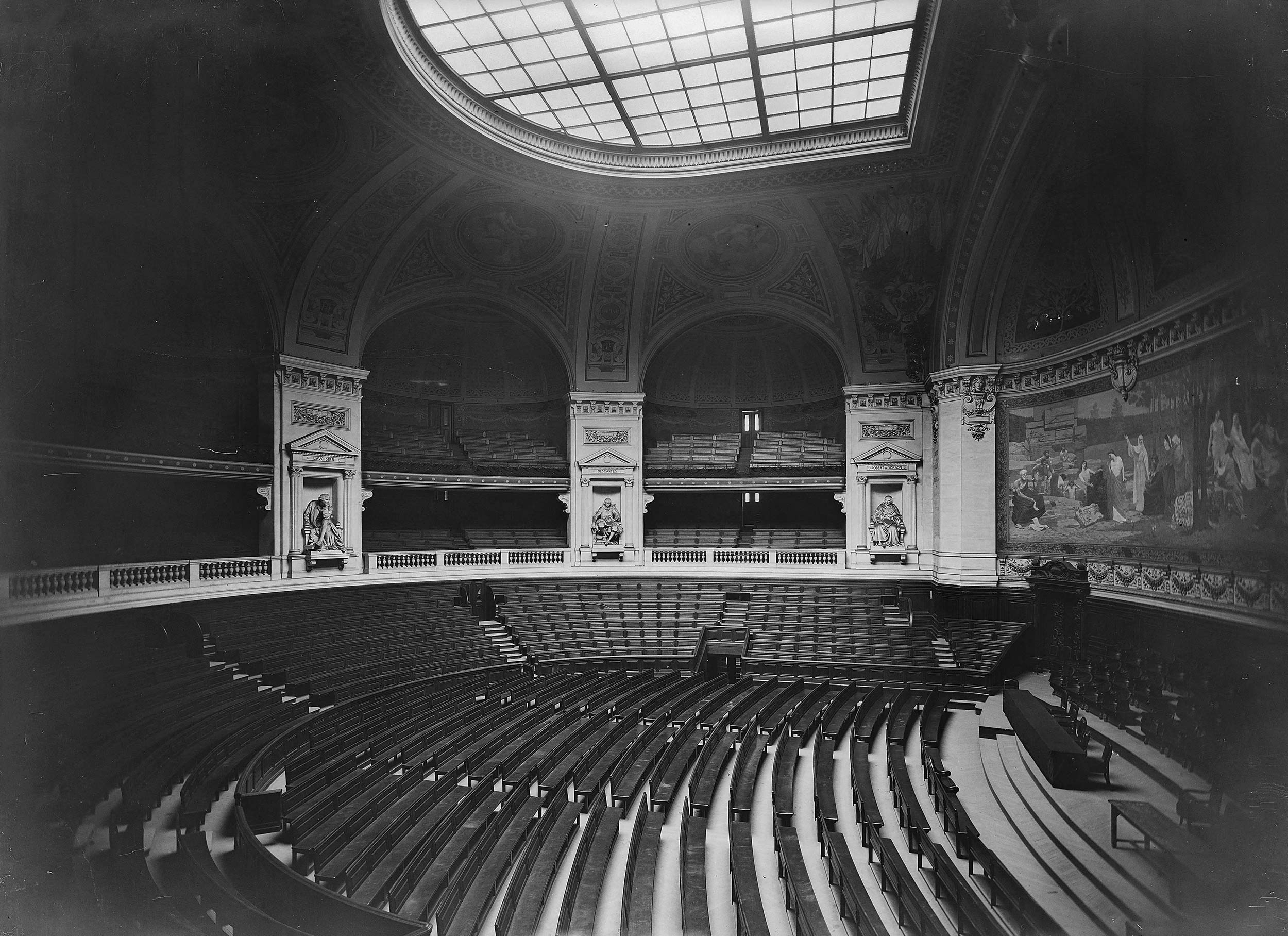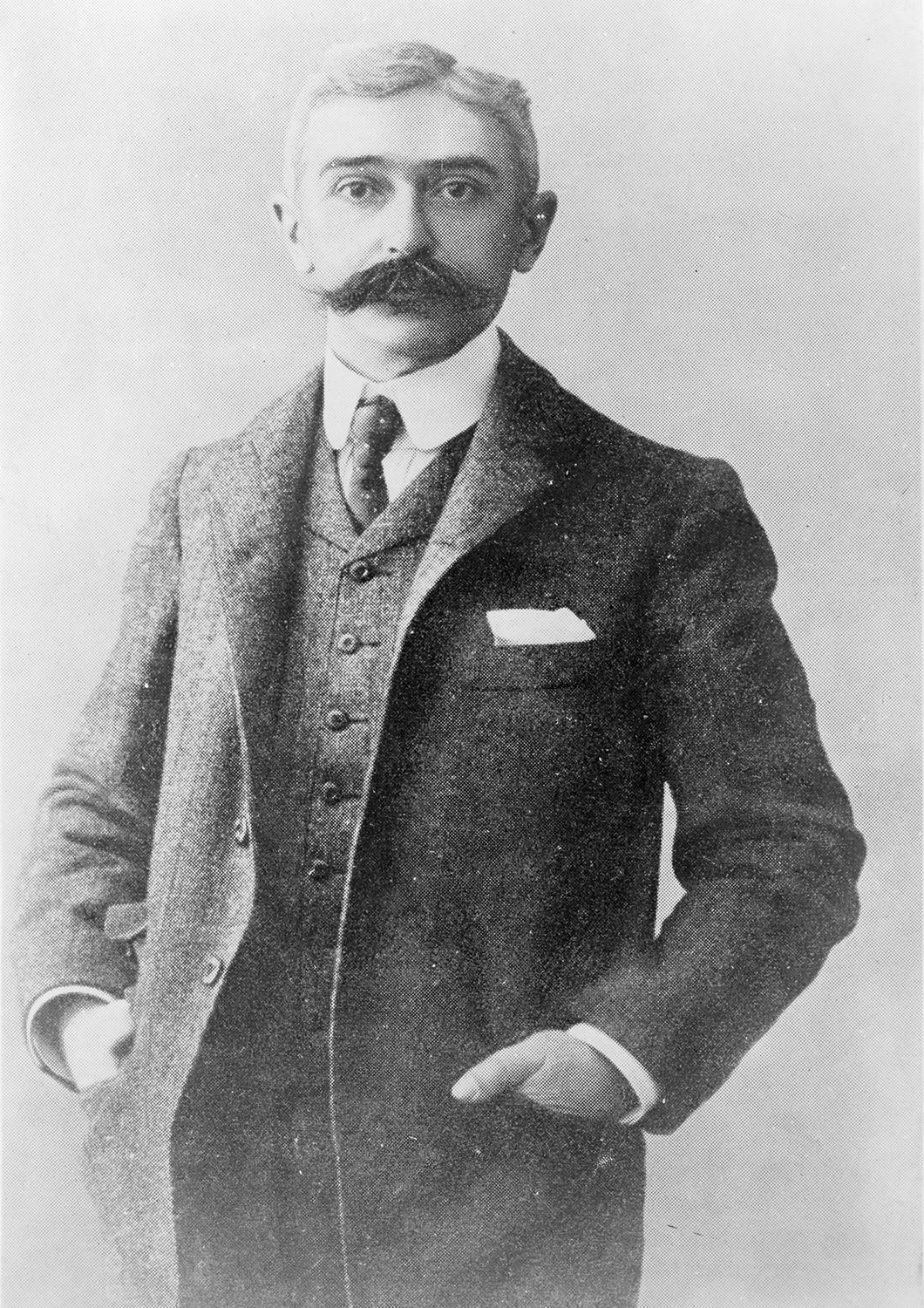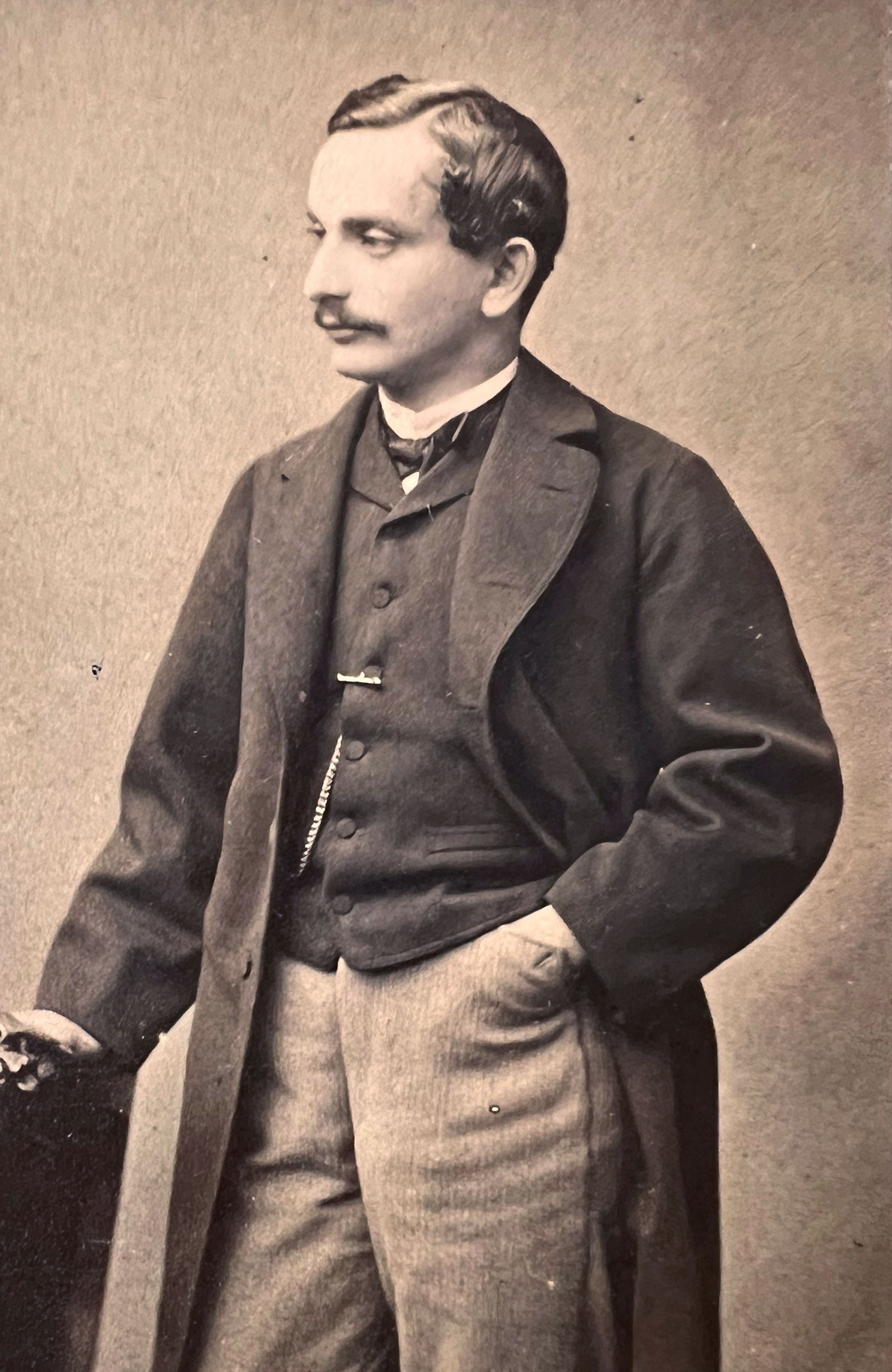
Olympism
24 April – 16 September 2024

Roots and Origins of Modern Olympism
The Olympic Games, created in Athens in 1896 and this year hosted by Paris for the third time, are famous the world over. But what do we really know about how they began? Aside from Pierre de Coubertin, who were the contributors who worked to conceive and develop them? What role did the emerging disciplines of philology, history and archaeology play in the development of a new iconography and the invention of modern athletic events?
Émile Gilliéron père (1850–1924) acts as guide to this exhibition: the bequest of his studio to the École Française d’Athènes (EFA) in 2015 revealed that he was the official artist of the 1896 Olympic Games and the 1906 Mesolympics.
The Ancient Roots of Modern Olympism: A Franco-Greek Origin
With major Western powers jousting for dominance in the late 19th century, sport became a global affair. Indeed, such was its importance that Baron Pierre de Coubertin’s initiatives for peace and education led to the congress through which the modern Olympics were created (Sorbonne University, Paris, 16 June 1894).

At the heart of the Olympian idea was a Franco-Hellenic partnership uniting scholars, politicians and artists, recognised and less so, among whom, beside Pierre de Coubertin, were Collège de France professor Michel Bréal, writer Dimitrios Vikelas, numismatist Ioannis Svoronos, academician Spyridon Lambros and Swiss-born painter Émile Gilliéron père.
Who Were Michel Bréal and Émile Gilliéron?
The historian and linguist Michel Bréal (1832–1915) was a professor of comparative linguistics at the École Pratique des Hautes Études and the Collège de France. A passionate scholar, he drew upon ancient historical sources to formulate the marathon race. It was for this event that he designed the first Olympic trophy: Bréal’s Silver Cup, now held at the Stavros Niarchos Foundation (SNF). He thus created a modern Olympic event that has become a worldwide phenomenon.

The Swiss-born painter Émile Gilliéron père (1851–1924), the centenary of whose death is commemorated this year, studied painting at the École des Beaux-Arts de Paris. He regularly visited the Louvre to copy antiquities. Moving to Athens in 1876, he collaborated with most of the era’s archaeologists, Greek and foreign, and documented their excavations. He provided art lessons to the Greek royal family of George I, who soon named him the official artist of the future Games. Antiquity thus became the source of the Olympic Games’ modern iconography.
